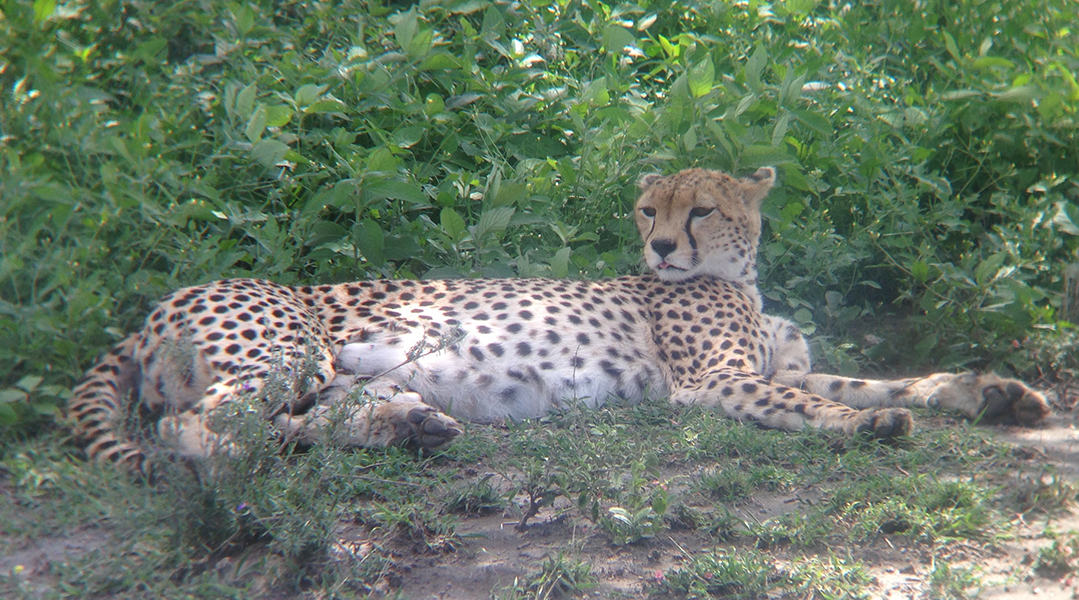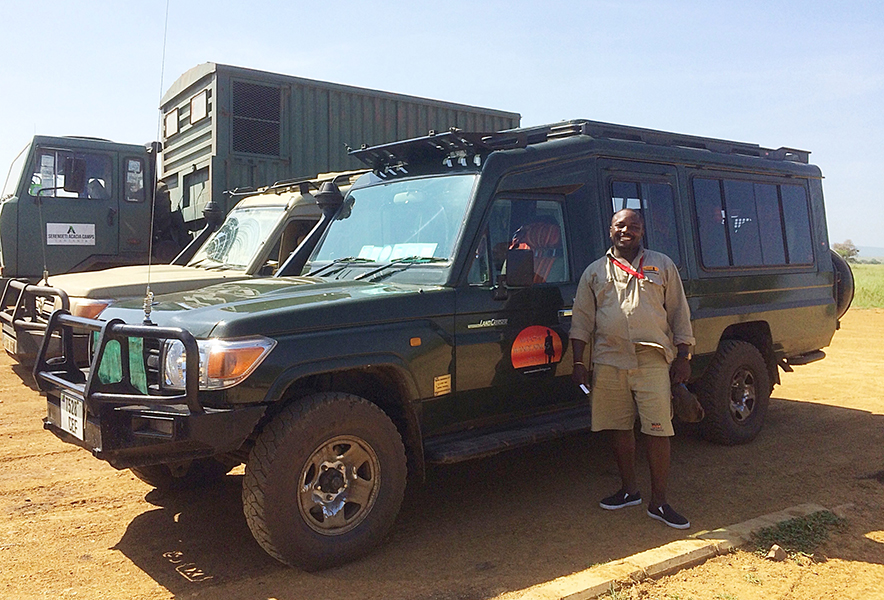We often get asked this question and Africa being a big continent has many different answers depending on which country (countries) you wish to travel to and the reason for going?
It has long been accepted the best time to see the Migration in Kenya is to visit in August and this is definitely the case to experience the dramatic river crossings of the Mara River by the wildebeest and zebra, but what most people don’t realise is that the migration is a 12 month cycle with only a quarter of their cycle played out in Kenya. For the other nine months of the year their migration takes them through Tanzania and spends an extended period in the Serengeti.
With this in mind and coupled with our desire to see baby animals we chose mid-January to visit Tanzania. Mother Nature permitting, this puts your holiday in “little dry season” between the two major monsoons and is the main “drop” season when all the “vegetarians” choose to have their young (as there is plenty of grass and water giving their newborns the best chance of survival). Note the meat eaters are not so dictated by this cycle and are able to find lots of animals to dine on regardless of what the season. The number of species to view is extensive and the groups of animals prolific in most of the National Parks. We weren’t disappointed with our choice!
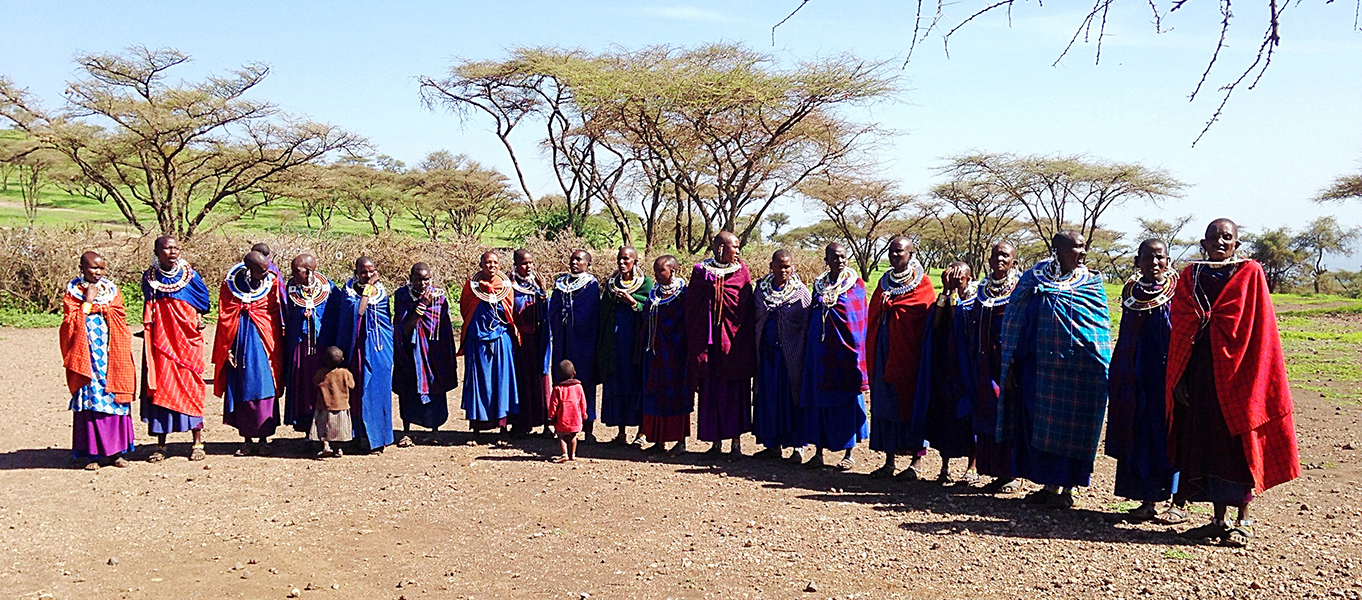
Travel in January also means the parks are green and lush, not dry and dusty, the tourist numbers are not at their peak and we often had the opportunity to view animals being the only vehicle in the area instead of being one of many which is often the case during the peak travel times to Africa. We only had rain on two occasions (throughout a two-week trip) – both overnight and gone by mid-morning. This left the rivers high and gave some of our crossings added adventure but it did not stop us seeing each of the regions. During one day spent in a park the roads were muddy and slippery but at all other times the weather conditions were perfect – ideal for spending extended hours outdoors and on most days not needing more than a light jacket first thing in the morning and in the evenings with short sleeves being the order of the day. Weather was warm - mid to high 20s – nothing extreme or uncomfortable.
Newly arrived baby animals in Africa are truly amazing and put humans to shame in their ability to walk within hours of birth and be frolicking with their family herds within a week. We saw baby giraffes less than a week old that were already 5-foot tall and baby elephants so cute and tiny they could walk under their mother’s carriage as they weaved from side to side on their daily pilgrimage down to the watering holes. Even baby warthogs are attractive and we saw lots of mothers and babies of most animals.
Tanzania is also a perfect choice with the new direct flight into Kilimanjaro allowing one stop connections from most Australian cities with Qatar. We were met at Kilimanjaro by our exceptional driver/guide and taken down to Arusha for our first night stop before starting our African safari the next day. Arusha is also the gateway for clients wanting to climb Mt Kilimanjaro but we preferred to view it rather than attempt the climb.
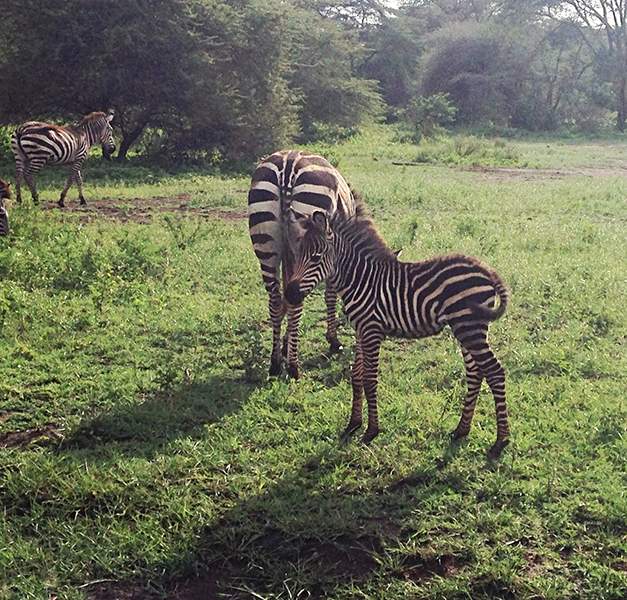
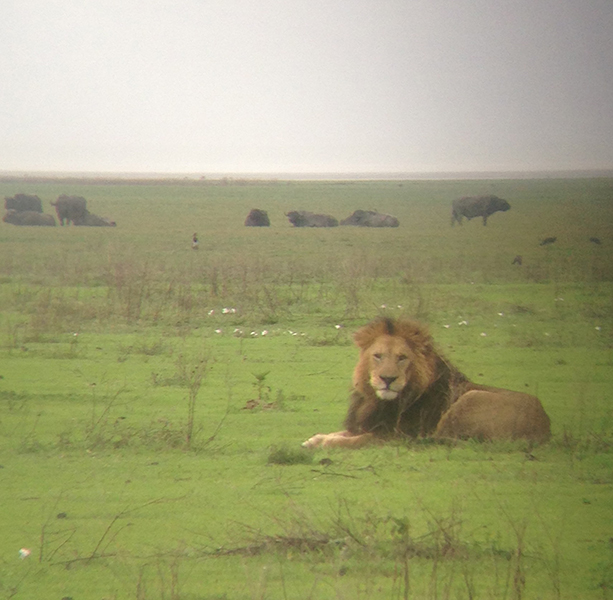
Our first park was Tarangire National Park which covers an undulating area of 2,600 km² between the plains of the Maasai Steppe to the south-east, and the lakes of the Great Rift Valley to the north and west. Tarangire National is a bush park where the landscape is composed of granitic ridges, river valley, and swamps. Vegetation is a mix of woodland, seasonally flooded grassland, and famous African Baobab trees. It was an ideal starting point for our safari and gave us our first encounters with many mothers and babies of up to 30 different species each day. Tarangire is also home to the famous tree climbing lions. We were lucky to see cats every day in this park (lions and leopards) along with wildebeest, zebras, gazelle and many of the antelope family, waterbucks, dik diks, impalas, mongoose, buffalos, giraffes, ostriches, warthogs and elephants.
Our next stop was picturesque Lake Manyara National park location of a shallow soda lake described by Ernest Hemingway to be the "loveliest lake in Africa”. It is also the home of a diverse set of landscapes and wildlife including thousands of flamingos and over 300 bird species. Although Lake Manyara is a small park it contains a number of different bio habitats starting with a rain forest just inside the gate. After entering the Park we were surrounded by a ground water forest. This unique forest area resembles a tropical rain forest, but the vegetation is mainly supported by an underground water supply instead of an abundant rainfall. This bio habitat is ideal for the African blue monkey, bush and waterbuck, the nocturnal aardvark, as well as the vervets. Vegetation including abundant number of wild fruits and figs, is a great attraction for the majestic African elephant of which we saw many and the few remaining black rhino in the park. As we continued into the park the ground water forest changes into a flat-topped acacia woodland and leads down to the river, lake, a fresh hot water spring (40°C) and also a hippo pond. We also saw huge families of baboons – some numbering up to 60 in a family group, more lions, lots of elephants, zebra and many types of birds. Lake Manyara National Park also allows evening game drives.
After a stay in our beautiful lodge which was originally the site of a coffee plantation ideally located near one of the world's most astonishing and renowned natural wonders, the Ngorongoro Crater we ventured into the extinct volcanic caldera for another extraordinary day. The Ngorongoro Crater and surrounding highlands form one of Africa's most beautiful regions. The caldera is the second largest on planet earth and provides a stunning backdrop to an amazing fertile and rich grazing grounds. The Ngorongoro National Park has a high density of big game in Africa, including all the big five and plenty of predators. Maasai tribes inhabit the rim of the crater and visits are possible to experience their culture up close and personal before travelling down into the extensive interior stopping along the route at various scenic look outs. We saw a good lots of lions and hyenas, along with healthy herds of wildebeest, buffalo and zebras. Other wildlife spotted included serval cats, jackals, Grant's and Thompson's gazelle, eland, hippos and bat-eared foxes, as well as the famous Black Rhino. Animals are not at all worried about the presence of vehicles with many coming within touching distance. Once on the valley floor there are very few trees and game viewing is very easy with a prolific selection of wildlife in every direction you looked.
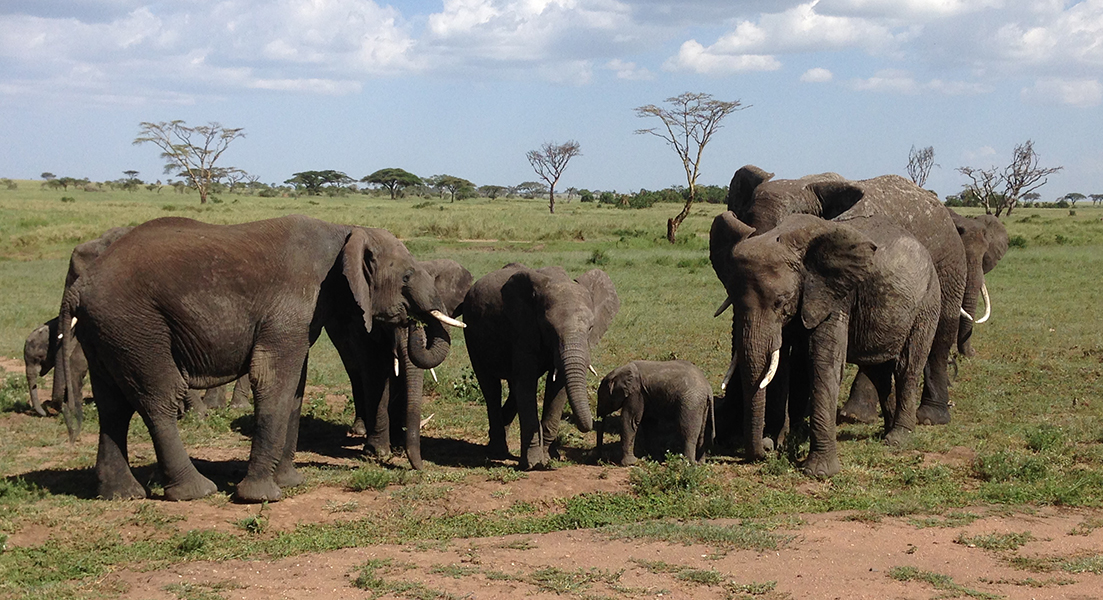
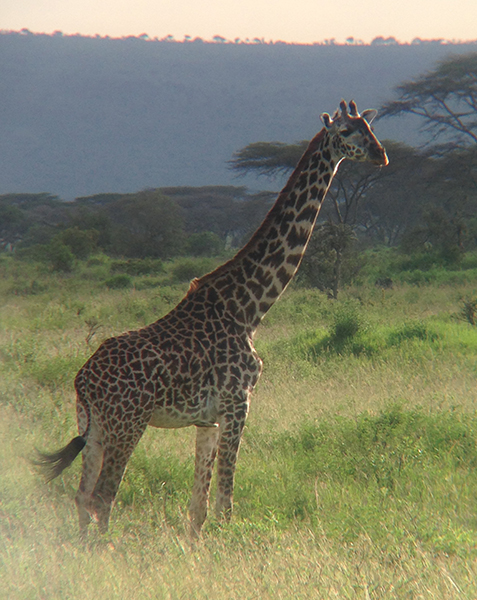
Travelling between the Ngorongoro Crater and Serengeti we detoured to the Ndutu to see the thousands and thousands of wildebeest and accompanying zebra on their yearly migration. As far as the eye could see the landscape was covered in black dots each representing an animal (often with young close by) with the vehicle driving between masses of these animals scattered in their vast numbers in every direction. We also stopped for lunch at one of the mobile tented villages and spend the afternoon viewing cheetahs, many of which were found in the nearby region along the river banks and not too far away from the migration.
Our safari concluded with a 3-night stay in a fully tented camp located in the middle of the Serengeti. The famous Serengeti is Tanzania’s first National Park and covers a massive 14,750 km² and its name translates to “endless plains” in the Maasai language. Each day we set off in a different direction covering many areas of the Serengeti’s grassy southern plains. The Serengeti plain is punctuated by granite and gneiss outcroppings known as kopjes and we saw extensive wildlife including some of the mammals mentioned previously but also adding the crocodiles, topi, guinea fowl, Elephant Shrews, eagles, jackal pups, hyrax, Coke´s Hartebeest, vultures, huge herds of elephants, tortoise, hyena pups, baby hippos, more cats (at one time 11 lions up the same tree – looking like they were hanging on a lion clothesline!). At night when we slept in our tents we could hear the animals calling at night and in the morning their footprints showed they had walked amongst our tents.
To complete our stay in Tanzania we flew to the island of Zanzibar after our safari to enjoy a few days swimming in the islands azure waters, walking along the resorts pristine beach, savoring the smell of exotic spices and exploring the maze of streets in historic Stone Town. Stone Town is a place of winding alleys, bustling bazaars and mosques calling the faithful to prayer. The Old Town is a colourful chaotic maze of shops and Arab Houses now converted to boutique accommodation with many buildings featuring ornate carved Omani doors. The beach and resorts are on the other side of the island about an hour away from the city center. If time permits best to spend a couple of nights in each place.
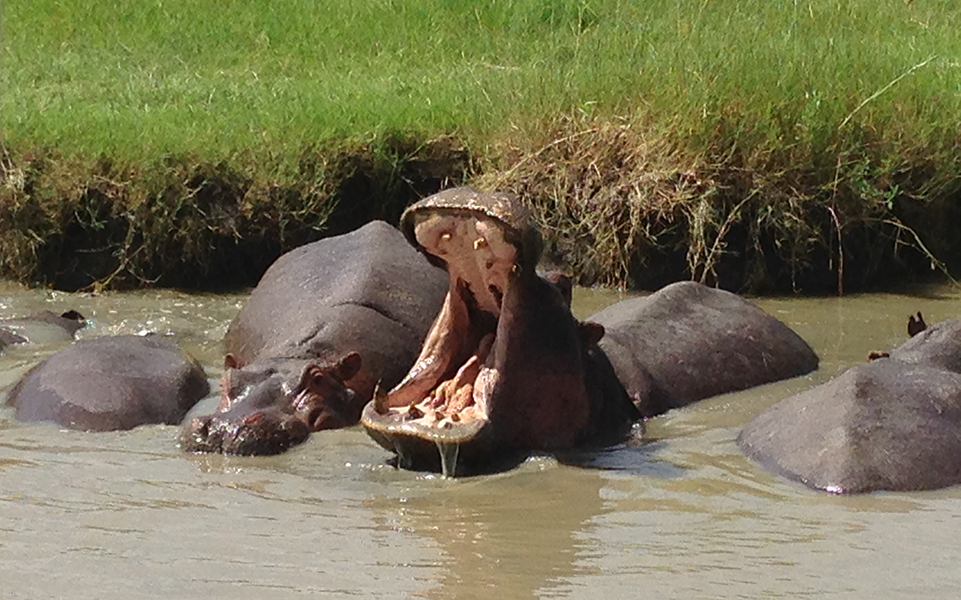
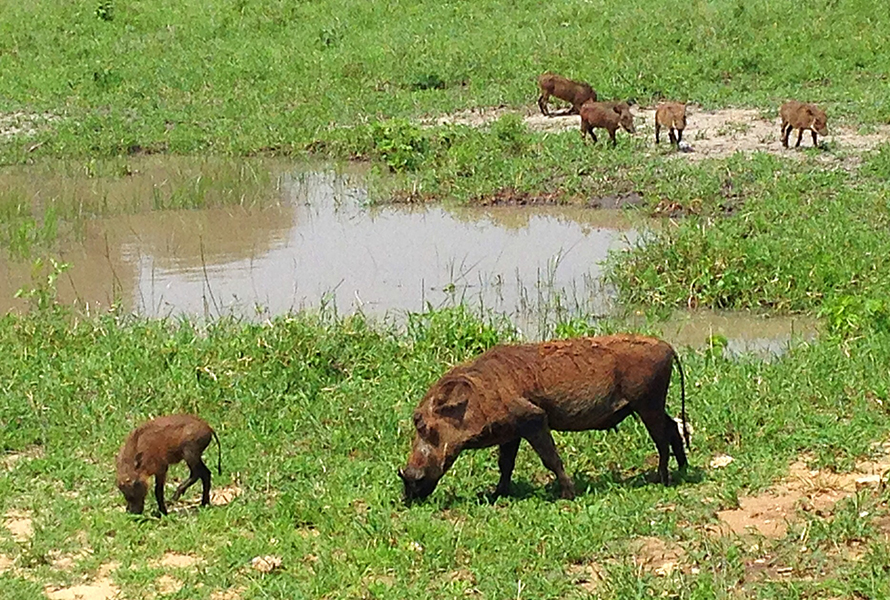
Africa is famous for its animals but we also found the changing landscape interesting and varied as well and the people delightful. No two parks were the same, no two days the same and the total experience enjoyable and amazing. I would totally recommend Tanzania as a great holiday destination no matter what the age group or budget. It is a wonderful place to visit and experience Africa.
